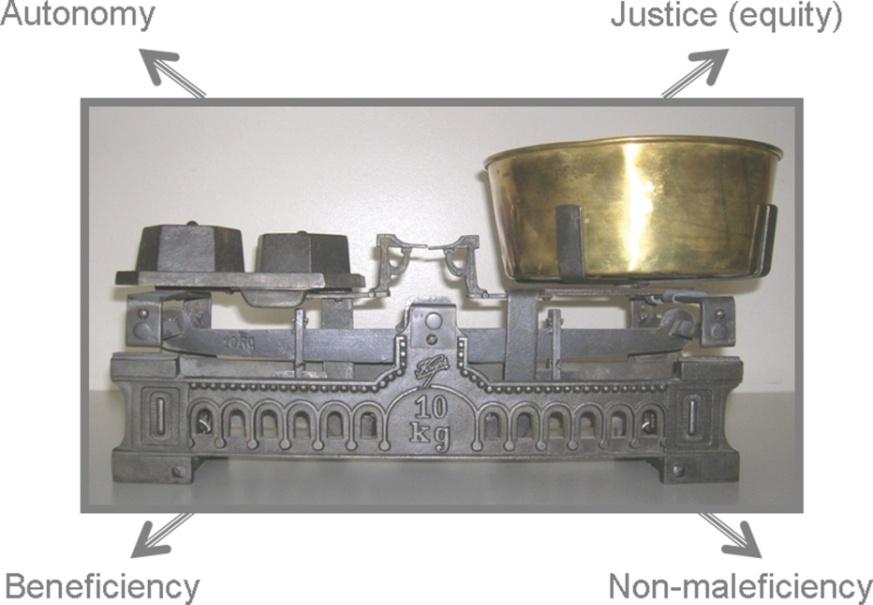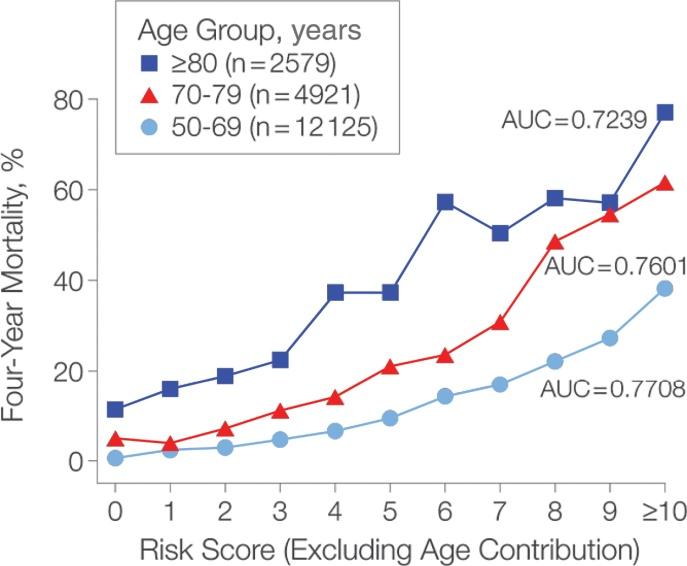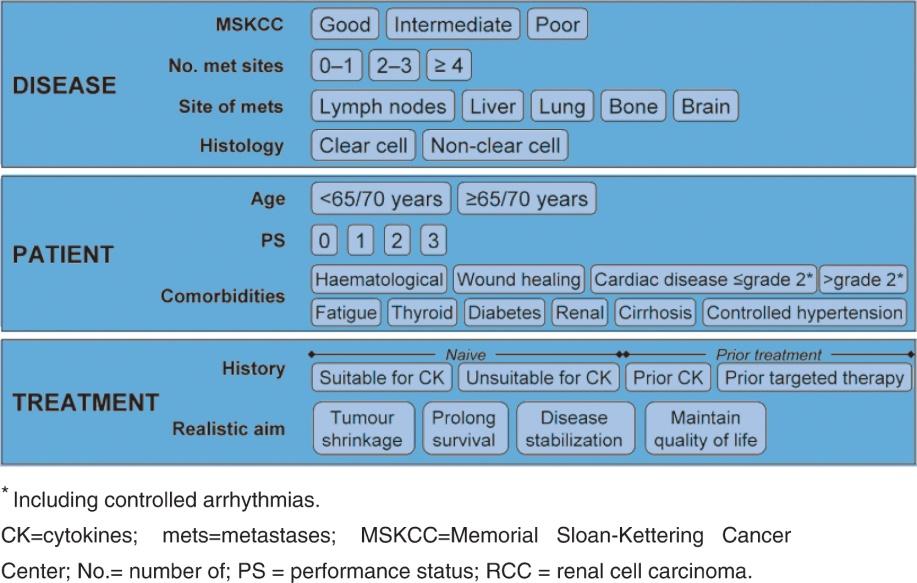
4 minute read
AdvancedNon-Small-CellLungCancerintheElderly
Chemoradiation
In patients with inoperable or unresectable NSCLC, chemoradiation is superior to radiotherapy alone. There are limited data from retrospective studies that show similar survival benefits in elderly patients compared with younger ones, although short-term haematological and non-haematological toxicity is significantly increased in elderly patients.
Advertisement
Even though specific data regarding sequential treatment in elderly patients are lacking, this approach is better tolerated than concurrent chemoradiation. The EORTC Elderly Task Force and Lung Cancer Group and SIOG, recommend that concurrent chemoradiation should be offered to elderly patients with unresectable locally advanced NSCLC but the treatment decisions should be based on close individual patient evaluation.
When choosing a treatment strategy in elderly patients with advanced NSCLC, several options are available such as palliative care without chemotherapy, single-agent chemotherapy with a third-generation drug, non-platinum-based combination chemotherapy, platinum-based combination chemotherapy, and new biological agents.
Single-agent chemotherapy with vinorelbine, gemcitabine, and taxanes (paclitaxel and docetaxel) are first-line treatment options supported by prospective, elderly-specific clinical data (Table below).
Randomised Trials in Elderly Patients with Advanced Non-Small Cell Lung – Firstline treatments
Author (yr) Treatment Number of patients Response rate (%) Median overall survival (wk) Quality of life/Toxicity
Elvis (99) Best supportive care 78 21 Better with vinorelbine
Elvis (99) Vinorelbine 76 20 28
Frasci (00) Vinorelbine 60 15 18 Better with vinorelbine + gemcitabine
Frasci (00) Vinorelbine + gemcitabine 60 22 29
Gridelli (03) Vinorelbine 223 18 36 No difference
Gridelli (03) Gemcitabine 223 16 28 No difference
Gridelli (03) Vinorelbine + gemcitabine 232 21 30 No difference
Quoix (11) Vinorelbine/ gemcitabine
Quoix (11) Carboplatin + paclitaxel 226
225 20 Doublet more toxic
43
Single-agent vinorelbine prolonged OS and improved the control of tumour-related symptoms compared with best supportive care (BSC) in patients aged ≥70 years and induced low toxicity.
Gemcitabine was equally effective compared to vinorelbine or the combination of gemcitabine and vinorelbine in terms of response rate (RR) and median OS.
Docetaxel improved RR and progression-free survival (PFS) compared with vinorelbine, but at the cost of higher grade 3 and 4 neutropenia. In phase II studies, paclitaxel given either in a weekly or 3-weekly schedule also showed efficacy in the elderly population compared to younger patients.
Based on these findings, single-agent therapy (docetaxel, gemcitabine or vinorelbine) is recommended as first-line NSCLC treatment in most elderly patients.
Combination Chemotherapy To improve the results obtained with single-agent chemotherapy in elderly patients, combination therapy with different agents were tested.
Non-platinum-based combinations
Non-platinum doublets have been compared with single agent schedules in predominantly elderly patients (generally ≥70 years) and showed either significant advantages for doublet therapy or no significant differences compared to single-agent therapy.
A meta-analysis of trials including patients aged 65–79 years indicated a significantly increased RR with gemcitabine-based regimens over single-agent chemotherapy but a
non-significant improvement in 1-year survival. However, single agent gemcitabine is not registered for this indication.
Platinum-based combinations
Several trials of cisplatin- and carboplatin-based chemotherapy, comparing the outcomes in younger and elderly patients (generally aged ≥70 years) with NSCLC showed the feasibility of these schedules in the elderly with similar findings in relation to outcome.
Randomised trials of platinum-based regimens have also been conducted in elderly patients. A combination of carboplatin and paclitaxel in fit patients aged 70–89 years with NSCLC was compared with single agent vinorelbine or gemcitabine and showed a longer median OS of 10.3 months compared to 6.2 months for monotherapy but at a cost of more toxicity.
A recent systematic review and meta-analysis that evaluated outcomes with doublet chemotherapy versus single agent cytotoxic treatment in patients aged ≥65 years with NSCLC, confirmed platinum-based doublet therapy to be superior to single-agent therapy in terms of OS, time to progression, 1-year survival rate and objective RR. Grade 3/4 anaemia, thrombocytopenia and neurotoxicity were seen more frequently in the doublet therapy group.
Based on these findings, single-agent therapy (docetaxel, gemcitabine or vinorelbine) is recommended as first-line treatment of epidermal growth factor receptor (EGFR) nonmutated NSCLC in the elderly. The combination of carboplatin and paclitaxel might be considered in fit elderly patients.
Retrospective analysis of a randomised phase III trial comparing pemetrexed in combination with folic acid and vitamin B12 with docetaxel in pre-treated patients with NSCLC showed that objective RRs, median PFS, median OS and toxicity findings were not significantly different between younger and elderly (aged ≥70 years) patients in either treatment group. Pemetrexed was superior compared to docetaxel in non-squamous histologies.
Targeted Therapy Anti-angiogenic agents Elderly patients (> 75 years) appear not to benefit from the addition of bevacizumab to carboplatin/paclitaxel based on subgroup analysis of clinical trials evaluating these combinations with increased toxicity with the addition of bevacizumab.
Tyrosine kinase inhibitors The use of tyrosine kinase is indicated as first-line treatment in patients with EGFR genemutated tumours. Both gefitinib and erlotinib have been used in elderly patients and there





